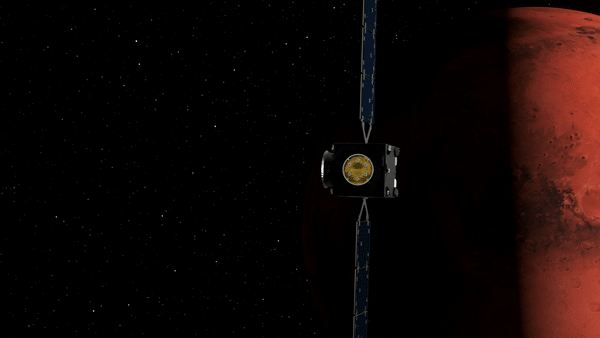Onboard Computers
The term “On Board Computer” indicates, rather obviously, any unit flying on board a satellite which provides processing capability. However, the On Board Computer, or OBC, more commonly refers to as the computer of the satellite’s avionic sub-system, i.e. the unit where the On Board Software run. In turn, the “On Board Software”, despite the rather generic label, is known as the software implementing the satellite’s vital functions such as: attitude and orbit control in both nominal and non-nominal cases, telecommands execution or dispatching, housekeeping telemetry gathering and formatting, on board time synchronisation and distribution, failure detection, isolation and recovery, etc.
Based on the above, the very essence of an OBC is the microprocessor board, consisting of microprocessor, non-volatile memories, volatile memories and the companion chip that connects the microprocessor to different peripherals.
However, in space as well as in the consumer market, as the shrinking of the electronic components enables it, the trend is towards more dense and integrated systems, aiming at continuous reduction of volume, mass, and power consumption.
A modern On Board Computers, in fact, not only provides the aforementioned processing resources, but it does include other functions in the same box such as:
- DC/DC Power conversion and regulation
- Ground Telecommand Decoding
- Packet Telemetry Formatting
- On Board time management
- Autonomous Reconfiguration
- Local Mass Memory function
- Housekeeping telemetry
- Interfacing with other Avionics subsystems
These functions are usually implemented in hardware following a modular approach with one module providing one or more functions.
Today the most common physical break down of OBC functions in modules is:
- DC/DC converter and switching module
- Telecommand, Telemetry and On Board Time module
- Reconfiguration and Local Mass memory module
- Processor Module
- One or more I/O modules to connect to either standard or non standard interfaces.
- One backplane to connect the modules together
Each module, with the only exception of the backplane, is duplicated to provide single failure tolerance architecture.
European Space industries provide OBCs whose architecture is roughly in line with this partition. However each company provides its own function allocation based on their heritage and long term experience.
As an example: On Board Time function and Local Mass Memory are sometimes swapped.
This architecture is naturally evolving with time and, as new denser and lower power integrated circuits are getting available on the space market, the next generations of OBC will be even more packed. OBC exploiting System-on-Chip (SoC) technology are already an available option.















 Germany
Germany
 Austria
Austria
 Belgium
Belgium
 Denmark
Denmark
 Spain
Spain
 Estonia
Estonia
 Finland
Finland
 France
France
 Greece
Greece
 Hungary
Hungary
 Ireland
Ireland
 Italy
Italy
 Luxembourg
Luxembourg
 Norway
Norway
 The Netherlands
The Netherlands
 Poland
Poland
 Portugal
Portugal
 Czechia
Czechia
 Romania
Romania
 United Kingdom
United Kingdom
 Slovenia
Slovenia
 Sweden
Sweden
 Switzerland
Switzerland

























